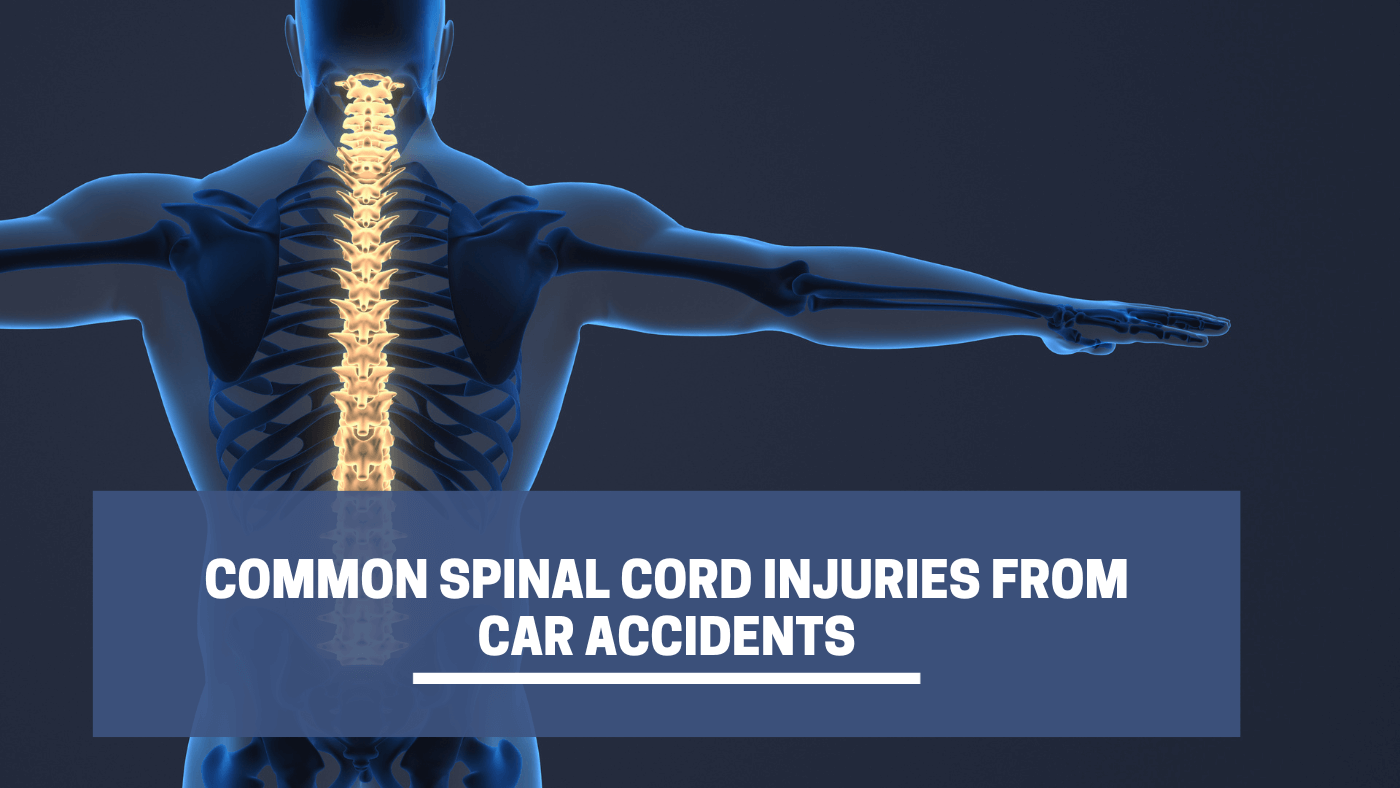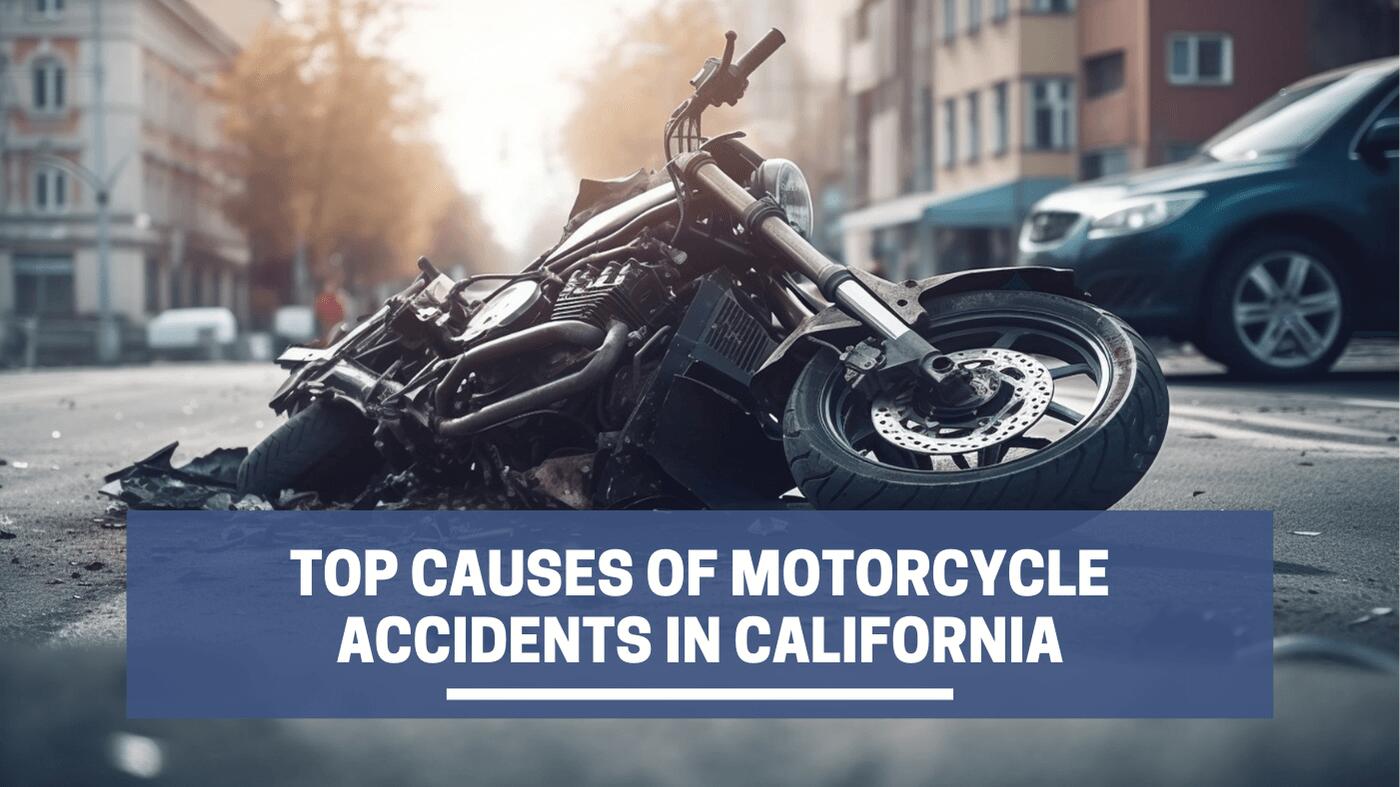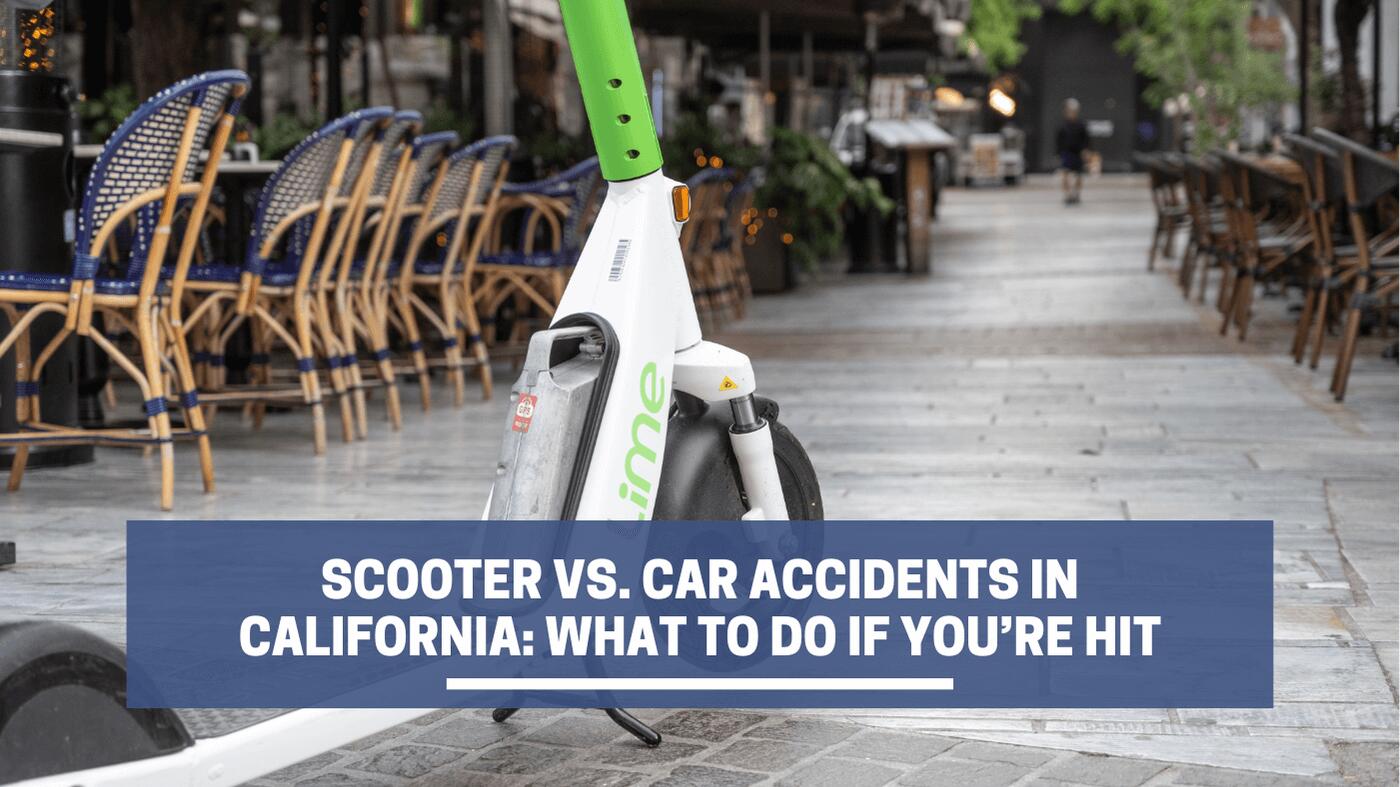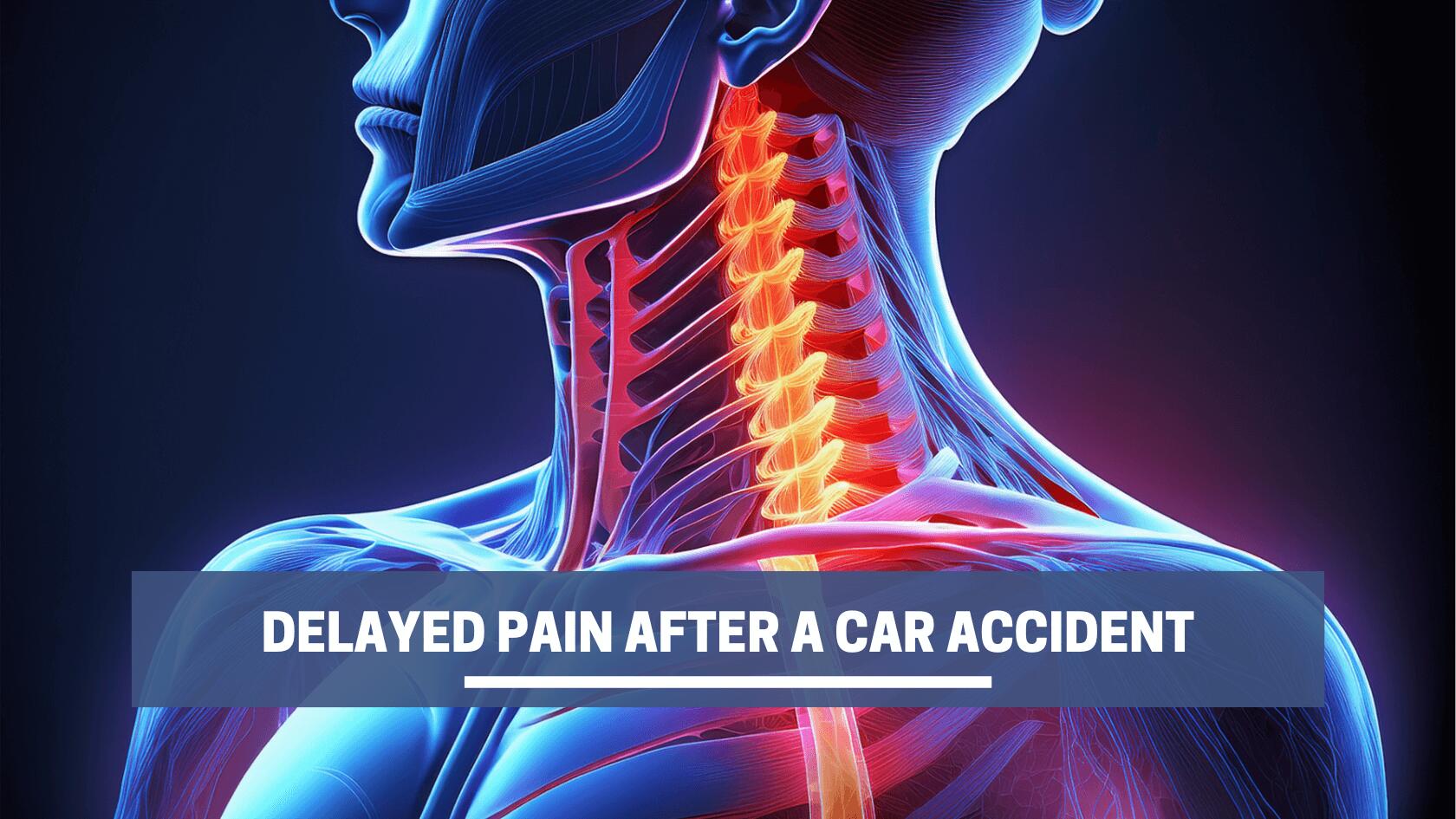If you’ve been in a car accident, you may be dealing with serious injuries, including a spinal cord injury (SCI). SCIs often result from vehicle crashes and range from mild to severe and can have long-lasting effects on your life.
Understanding the different types of spinal cord injuries caused by car accidents is essential for seeking timely and appropriate medical care. If your accident was caused by another driver, consulting a spinal cord injury attorney help you pursue compensation for your medical expenses, lost wages, and ongoing care.
How Often Do Spinal Cord Injuries Result from Car Accidents?
Spinal injuries from car accidents are relatively rare, with about 511 cases among every 10,000 people involved in a crash. Even with these statistics, car accidents remain a leading cause of spinal cord injuries. Vehicle collisions are responsible for 48% of SCIs, with cervical SCIs affecting the neck area, making up the majority of injuries.
The accident’s severity influences the type of injury; serious crashes are more likely to result in backbone injuries like fractures. Disc injuries in the spine in car accidents usually occur alongside other injuries.
Spinal injuries resulting from a catastrophic car accident are also more serious than those caused in other situations, with almost half leading to nervous system issues, which can be fatal. 85% of SCIs occur at the time of impact, with 10% of patients passing away from their injuries during their first hospital stay.
Areas of the Spine Often Harmed in Collisions
Understanding the risks of spinal injury in a car accident involves knowing the different areas of the spine and how they’re affected during a collision. The chart below provides an overview of the common injuries associated with each segment of the spine:
| Area of Spine | Vertebra Affected | Location Description | Type of Injuries | Mechanism of Injury |
| Cervical | C1-C7 | Uppermost part, neck area | Whiplash and fractures | Prone to injury due to sudden jerking movements; C1 and C2 fractures are particularly serious. |
| Thoracic | T1-T12 | Upper to middle back | Fractures and dislocations | More stable due to rib cage attachment; high-speed or rollover collisions can cause injuries. |
| Lumbar | L1-L5 | Lower back | Sprains and strains | Vulnerable to muscle and ligament injuries in rear-end and frontal collisions. |
| Sacral | S1-S5 | Back of the pelvis | Fractures and dislocations | Injuries are more common in side-impact or rollover crashes. |
| Coccygeal | Co1-Co4 | Tailbone | Fractures and dislocations | Less common: direct impact or compression can cause injuries. |
Signs of a Spinal Injury After a Crash
Recognizing signs of spinal injury after a car accident is crucial for timely medical intervention. Early detection can improve the outcome and minimize long-term damage. Here’s what to look for:
- Intense back pain. If you’re experiencing severe pain in any part of your back after a crash, it could be a sign of a spinal injury.
- Numbness or tingling. Loss of sensation or the feeling of pins and needles in your arms, legs, fingers, or toes may indicate nerve damage.
- Weakness or paralysis. Difficulty moving or an inability to move your limbs might point to severe damage to the spinal column.
- Loss of bladder or bowel control. This could be a sign of a severe injury affecting spinal cord function.
- Difficulty breathing. In extreme cases, spinal injuries can interfere with your ability to breathe properly.
- Misaligned spine or neck. If your spine or neck appears twisted or out of place, seek medical help immediately.
- Bruising and swelling. Visible signs like these, especially around the back and neck, can indicate a potential spinal injury.
Common Spinal Cord Injuries in Traffic Accidents
Knowing the most common SCI injuries can help you get appropriate medical treatment and understand the long-term effects on your health and well-being:
- Whiplash. This neck injury frequently occurs in rear-end collisions when the head is suddenly jerked forward and then backward. It can result in muscle strains, ligament sprains, and even fractures in severe cases.
- Herniated disc. The force of a car crash can cause the soft cushion between the spinal vertebrae to rupture, pressing on nearby nerves. This often leads to intense pain and may require surgical intervention.
- Spinal fractures. High-impact crashes, like T-bone collisions, can cause breaks in the vertebrae, leading to pain and limited mobility. Treatment may involve bracing or surgery, depending on the severity.
- Dislocations. In severe crashes, the vertebrae can be pushed or twisted out of their normal positions. This often necessitates surgical intervention to realign the spinal column.
- Spinal stenosis. The spinal canal can narrow due to displaced bone or tissue during a collision. This can lead to nerve compression, causing pain and other neurological symptoms.
- Compression injuries. Direct impact or force from the collision can compress the spinal cord, affecting its function. Symptoms may include pain, numbness, and even paralysis in severe cases.
- Spondylolisthesis. This condition, where a vertebra slips over the bone below it, is often triggered by the trauma of a car accident. It can result in nerve compression and may require surgical treatment.
- Contusions or bruising. The spinal cord can suffer bruising due to the blunt force of a crash impact. This can lead to temporary or permanent neurological impairments.
- Quadriplegia or tetraplegia. In extreme cases involving high-speed or severe impacts, injuries can lead to paralysis of both the arms and legs. Immediate and ongoing medical care is crucial.
- Paraplegia. Severe damage to the vertebral column in a collision may result in paralysis of the lower body, affecting both legs. Lifelong treatment and rehabilitation are often necessary.
- Sprains and strains. Less severe car crashes can cause overstretching or tearing of ligaments and muscles in the spine. Though usually less critical, these injuries should still be evaluated by a healthcare provider for proper treatment.
When to Seek Medical Attention for an SCI After a Vehicle Collision
Seeking immediate medical attention after a car crash is crucial, especially if you suspect an SCI. Immediate care is critical for your health and could also impact any future legal claims for compensation. Here’s why you should seek medical care right away:
- Immediate MRI or X-ray imaging. Quickly getting an MRI or X-ray can help doctors assess the damage to your spinal cord or surrounding areas. This aids in creating a targeted treatment plan to prevent further harm.
- Rule out internal bleeding or swelling. Spinal cord injuries can cause internal issues that are not immediately visible. Medical staff can identify and promptly address these life-threatening conditions.
- Medical records for legal support. Being evaluated by a healthcare provider right after the accident can offer crucial medical evidence. Medical documents can substantiate your claim if you pursue legal action for compensation.
- Reduce risk of long-term complications. Early treatment can help prevent serious complications such as respiratory issues, urinary tract infections, or worsening nerve damage resulting from delayed care.
- Assess need for emergency intervention. Sometimes, spinal cord injuries may require immediate surgeries or interventions like spinal stabilization. Only a medical professional can make this assessment accurately.
Types of Compensation Available for Spinal Cord Injuries
If you’ve suffered a spinal cord injury due to a car accident, you may be entitled to compensation either through a claim with the negligent party’s insurance or through a lawsuit. You can work with a qualified attorney to seek the following types of compensation:
- Medical expenses. This compensation can cover immediate hospital bills, surgeries, prescription medications, and ongoing medical treatments. An attorney can assist you in gathering all your medical bills and records to provide concrete evidence for these expenses.
- Lost wages. This includes the income you’ve lost from missing work and potential future earnings if your spinal cord injury affects your ability to work long-term. Your attorney can compile your employment records and pay stubs and consult financial experts to calculate and prove future earning losses.
- Pain and suffering. This compensation accounts for the physical pain and the emotional anguish you may experience, including anxiety or depression resulting from your injury. Your attorney can guide you in securing medical and psychiatric evaluations to substantiate these claims.
- Rehabilitation costs. These medical expenses encompass the financial requirements of any long-term therapies, such as physical and occupational therapy, which you may need for recovery. To validate these costs, an attorney can help you collect treatment plans and recommendations from healthcare providers.
- Assistive devices and home modifications. The cost of these devices and modifications is compensable if your injury requires wheelchairs, walking aids, or home alterations like ramps and lifts. Your attorney can assist you in organizing receipts and securing medical prescriptions that confirm the necessity of these devices and modifications.
- Loss of consortium. This is a non-economic type of compensation you can make if your spinal cord injury has harmed your relationship with your spouse. Testimonies or records from marriage counseling can serve as evidence, which your attorney can help collect.
- Disability benefits. These may be available if your spinal cord injury has led to a long-term or permanent disability that affects your ability to work. These benefits could be through a private insurance policy or government programs. An attorney can help you with the application process and gather the necessary medical records and vocational assessments to prove your eligibility.
- Punitive damages. Although rare, you may seek punitive damages in cases where the responsible party’s negligence was particularly egregious, serving as a form of punishment. Your attorney can assist in gathering evidence to demonstrate this level of negligence, such as records of reckless driving or DUIs related to the incident.
Get a Fair Settlement for Your Spinal Cord Injury
Living with a spinal cord injury can be life-altering, affecting everything from your mobility to your financial stability. While no amount of money can fully restore what you’ve lost, receiving fair compensation is crucial for affording the ongoing care and adjustments that these injuries demand. Take the steps necessary to protect your rights and secure the settlement you deserve to improve the quality of your life post-injury.











